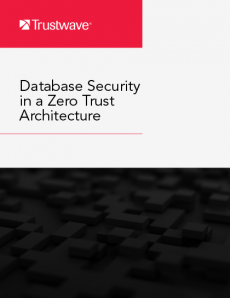6 Tips for Supply Chain Risk Management in 2022
Forrester recently predicted that in 2022, 60% of security incidents would involve third parties. Yikes! With such a large percentage of incidents taking place outside the confines of their organizations, corporate leaders need to know what to do to protect their business. So, here is a list of items to address to succeed at supply chain risk (SCR) management.





